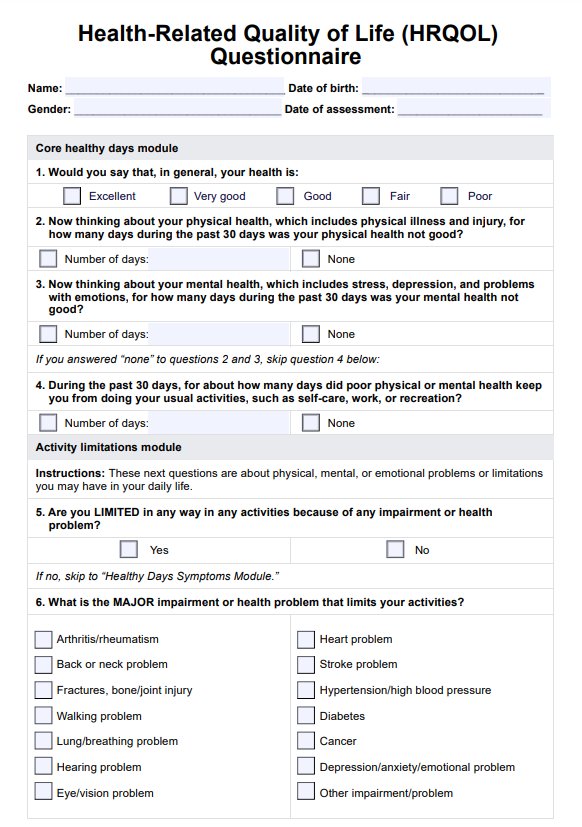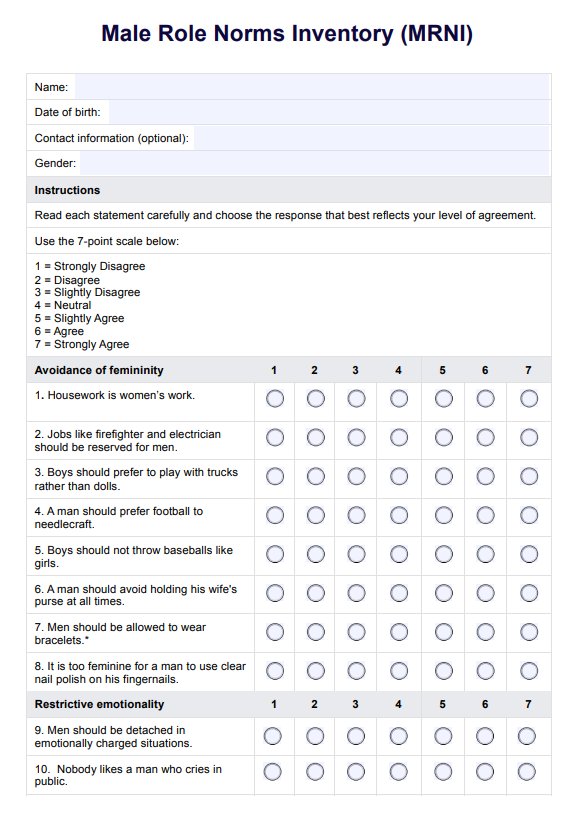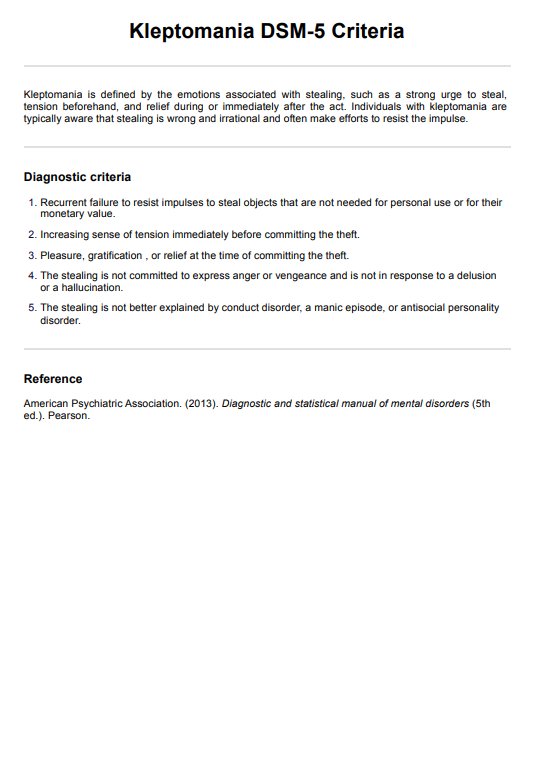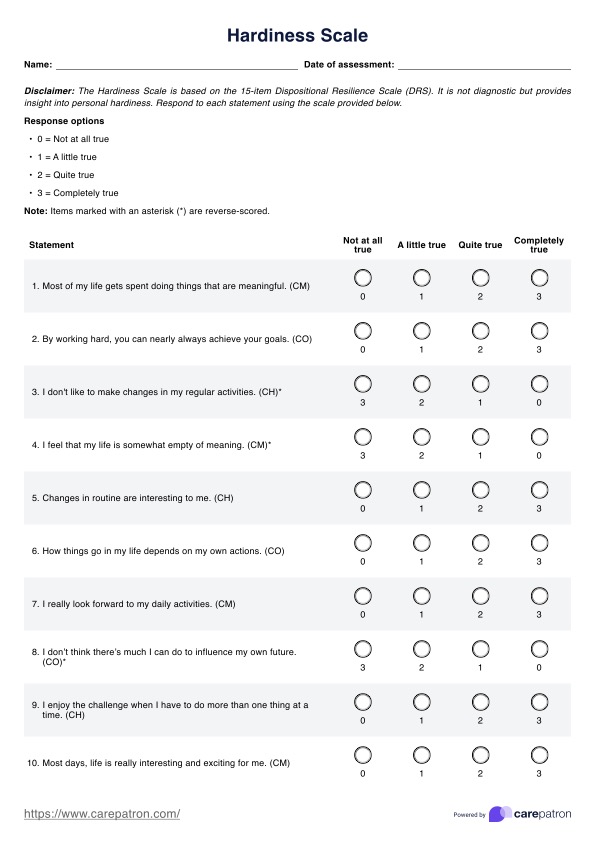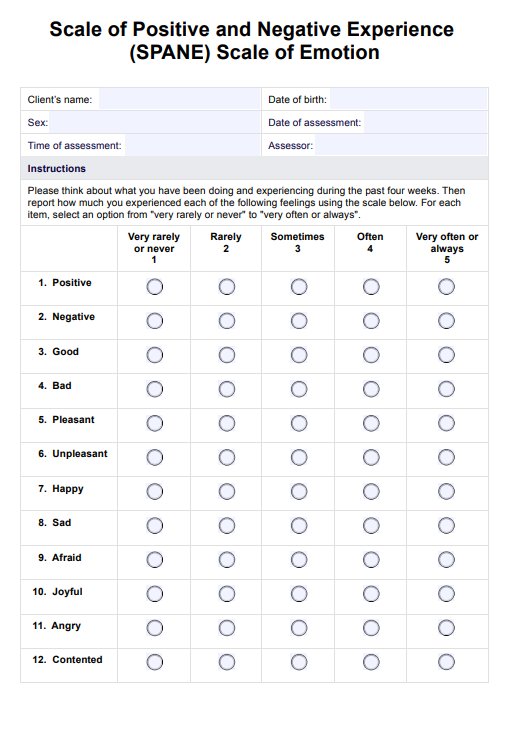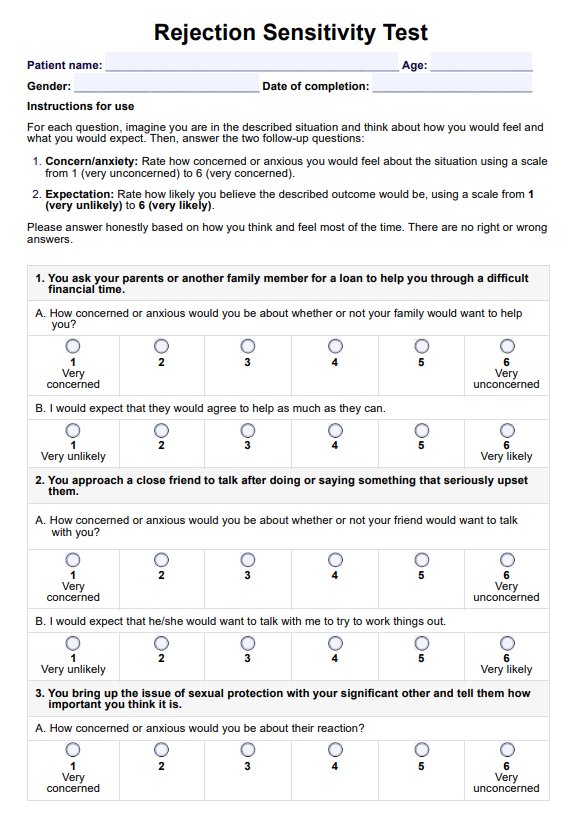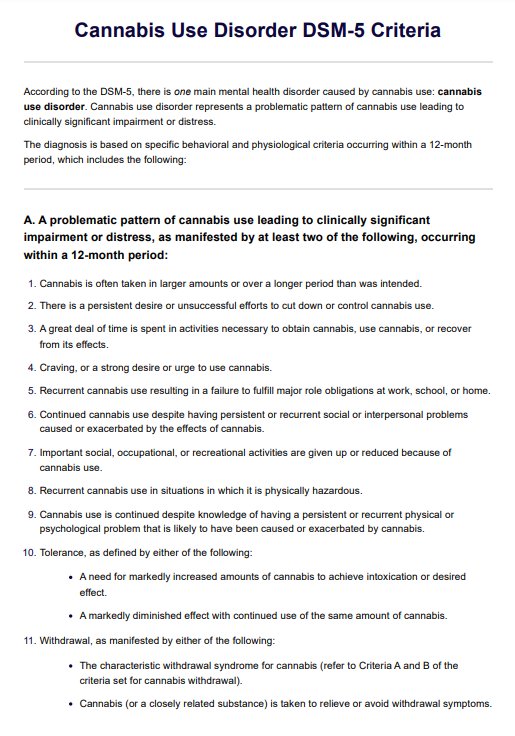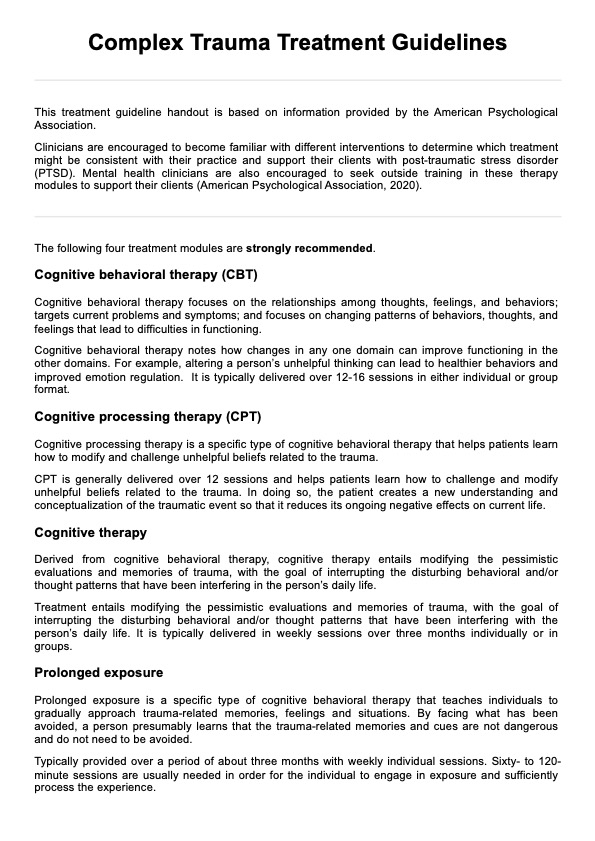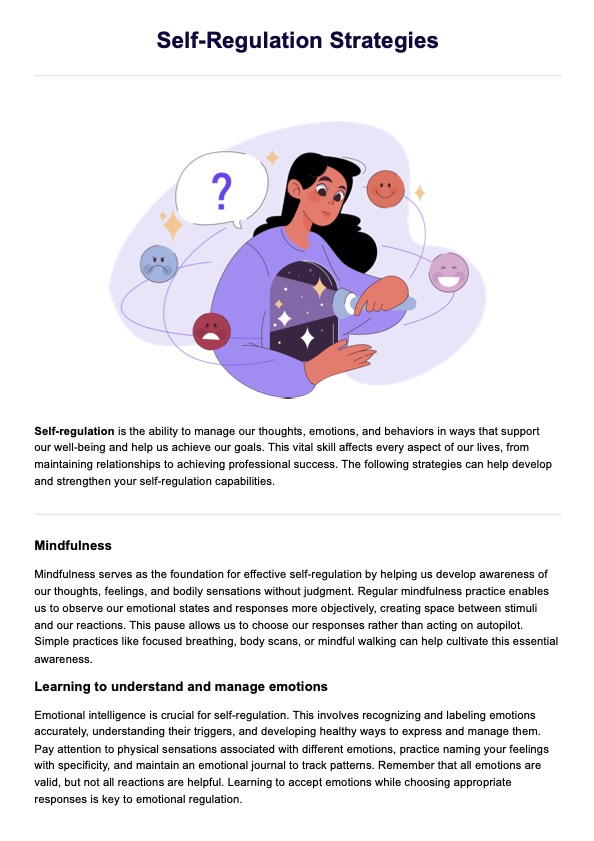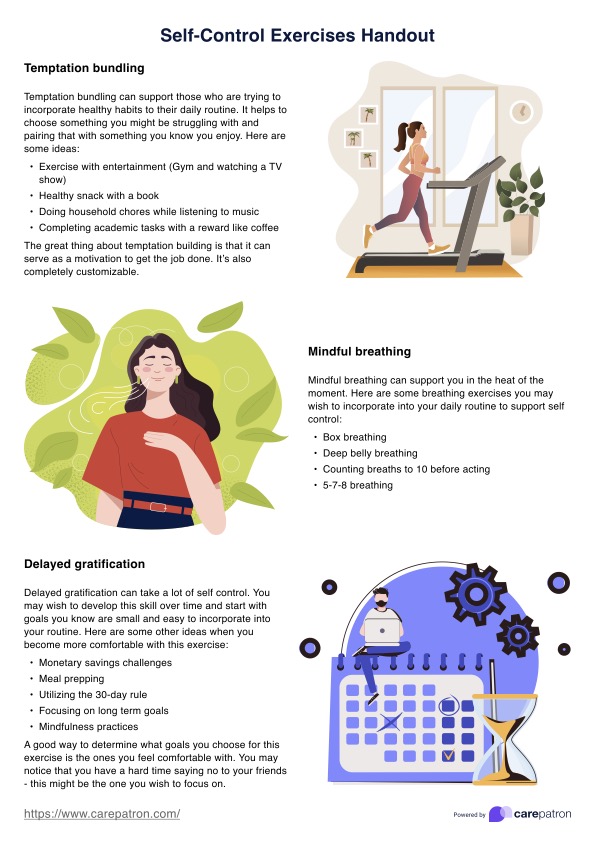Self-Esteem Journal
Discover the power of self-reflection with our free Self-Esteem Journal. Use this template to help clients explore their self-worth.


What is a Self-Esteem Journal?
Self-esteem is a person's overall sense of self-worth and improve self-esteem or personal value. It encompasses beliefs about oneself, including the appraisal of one's worth, feelings, and thoughts about one's identity. People with high self-esteem generally feel proud and confident in their abilities, while those with low self-esteem may put themselves down and have difficulty believing in themselves.
A healthy level of self-esteem is vital for individuals to thrive in life. Positive self-esteem can help individuals develop resilience and confidence, enabling them to take risks and try new things without fear of failure. In contrast, poor self-esteem can lead to psychological issues such as depression and anxiety, making overcoming obstacles in life or taking chances difficult.
A Self-Esteem Journal is a powerful tool for enhancing healthy self-esteem and awareness and fostering personal growth. It is a safe space for individuals to explore their feelings, thoughts, and experiences related to their self-worth. This journal aims to help people build healthier self-esteem by using positive qualities to describe themselves, identifying strengths, acknowledging areas for improvement, and challenging negative thought patterns.
The journal can also be a great tool for self-reflection and setting goals to help enhance one's happiness and self-esteem over time. Through journaling and writing, individuals can better understand themselves and their feelings, pinpoint fears or worries that hold them back, and develop strategies to improve their outlook on life.
Printable Self-Esteem Journal
Download this Self-Esteem Journal to help clients improve their self-esteem.
Self-Esteem Journal Template
Self-Esteem Journal Example
How does it work?
Our Self-Esteem Journal is designed to guide your clients toward better self-esteem and improved well-being. Follow these steps to get started:
Step One: Access the free journal.
Download the Self-Esteem Journal from the provided link or the Carepatron app. You can also get it from our resources library.
Step Two: Explain how it works.
Discuss how this template works with your client. Tell them it's designed to help them recognize how they can feel good about themselves and identify other areas where they want to change.
Step Three: Ask your client to fill out the journal.
Encourage your child or client to answer the questions in each journal section wholly and honestly. Encourage them to take time to be reflective, grateful, open-minded, and honest with themselves.
Step Four: Discuss the results.
After your client has completed writing the journal, discuss their journal prompts and responses. Ask them to reflect on what they've discovered and how it can help them toward improved self-esteem. Encourage them to focus on the positive aspects of every lousy day rather than fixating on negative thoughts or behaviors.
Step Five: Create action steps.
Help your client create a plan of action based on their responses. For example, if they identify negative thought patterns, help them develop strategies and effective ways to challenge those thoughts and replace them with healthier ideas and beliefs. This could involve focusing on challenging automatic negative thoughts or using affirmations.
Step Six: Track progress.
Monitor your client's progress over time. Ask for updates and offer support as they work through the program. Offer positive reinforcement when your client has made progress, and encourage further growth and development in their journey toward improved self-esteem.
When to use the Self-Esteem Journal?
The Self-Esteem Journal prompts can be a valuable companion for those on a journey to improve their self-esteem. It can help clients reflect, observe, and understand their thoughts and feelings. This form may be beneficial in both individual therapy sessions and group settings. The self-esteem journal prompts can also be an additional tool for practitioners using cognitive behavioral therapy (CBT) techniques with clients with low self-esteem. Moreover, you can use this handy template to:
Track the client's progress over time.
You can use the Self-Esteem Journal to track your client's progress. This will help you see if they feel tomorrow's making any positive changes in their relationship to their self-esteem or if they think further work needs to be done.
Assess a client's negative thought patterns.
The journal can also give insight into the types of positive experiences and thoughts a client has about themselves. This allows the person and you to assess whether underlying patterns contribute to their poor body self-esteem.
Reinforce positive behavior.
The Self-Esteem Journal provides an excellent resource for reinforcing any positive behavior or attitude your clients may exhibit as they work through the program. This form can acknowledge small successes and motivate further growth, self-discovery, and development.
Develop an action plan to improve self-esteem.
You can use the Self-Esteem Journal to create a plan of action with your client. This will help them identify areas to work on and develop strategies to improve their self-esteem.
Benefits of our free Self-Esteem Journal template
Our Self-Esteem Journal offers numerous advantages to support your practice and your present moment and future client's journey:
It's fully digital and easy to use.
Our free Self-Esteem Journal is accessible on any device. This makes it ideal for both in-person sessions as well as online therapy. Plus, you can store the data securely, which ensures that your client's information remains confidential and secure.
It's customizable.
Our Self-Esteem Journal is 100% customizable. You can add or remove questions to better suit your particular area of practice. This means you can tailor the journal to your client's needs and ensure they benefit most.
It's versatile.
The Self-Esteem Journal is highly versatile. Not only can you use it to assess your client's current level of self-esteem, but you can also use it as a tool for tracking progress over time. This allows you to measure the effectiveness of any strategies or interventions you may use to help them improve their self-esteem.
It encourages ongoing engagement.
This template encourages regular use and continued engagement with the three things in your program. These three little things are essential for long-term success, and our journal will help support your client's journey every step of the way.
Commonly asked questions
The Self-Esteem Journal benefits many individuals, even children, particularly those struggling with low self-esteem, negative self-perception, or confidence issues. It is also a valuable tool for people undergoing therapy for mental health conditions like depression and anxiety, as these often correlate with self-esteem issues. Additionally, anyone looking to engage in self-reflection and personal growth can find this journal helpful in understanding and improving their self-view.
The best time to use the Self-Esteem Journal is during periods of self-reflection or personal development, such as during therapy sessions or as part of a daily self-care routine. It can be beneficial when people love facing life changes and challenges or working on specific personal goals related to improving self-esteem. Therapists may also recommend it for clients to use between sessions to track self-esteem-related thoughts and feelings.
Using a Self-Esteem Journal offers several advantages, including providing a structured way for individuals to explore and articulate their feelings and thoughts about themselves. It encourages regular self-reflection, leading to greater self-awareness and deeper understanding. The journaling process can also be therapeutic, helping individuals identify and challenge negative beliefs, reinforce positive self-concepts, and track progress over time in improving their self-esteem.





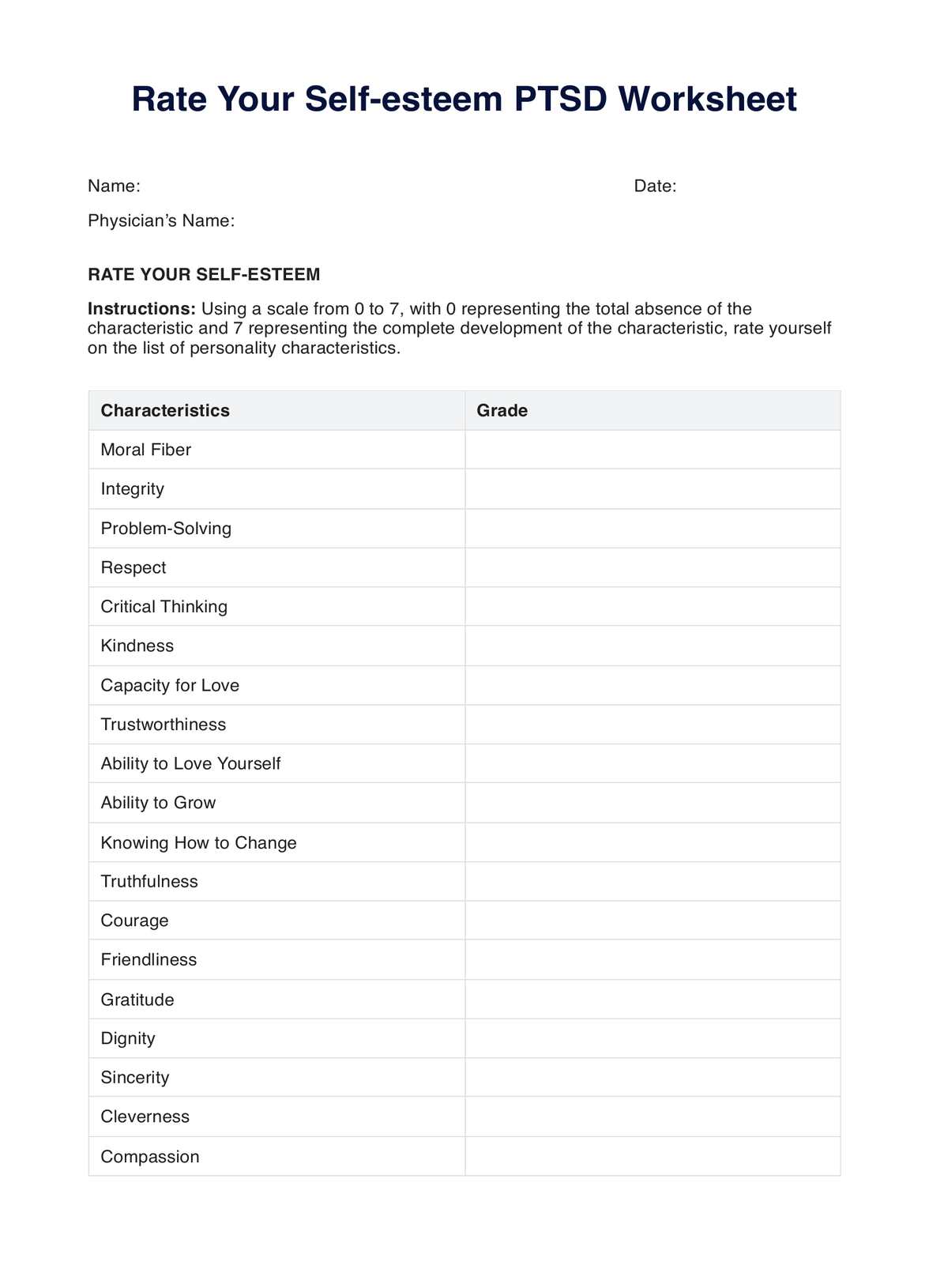
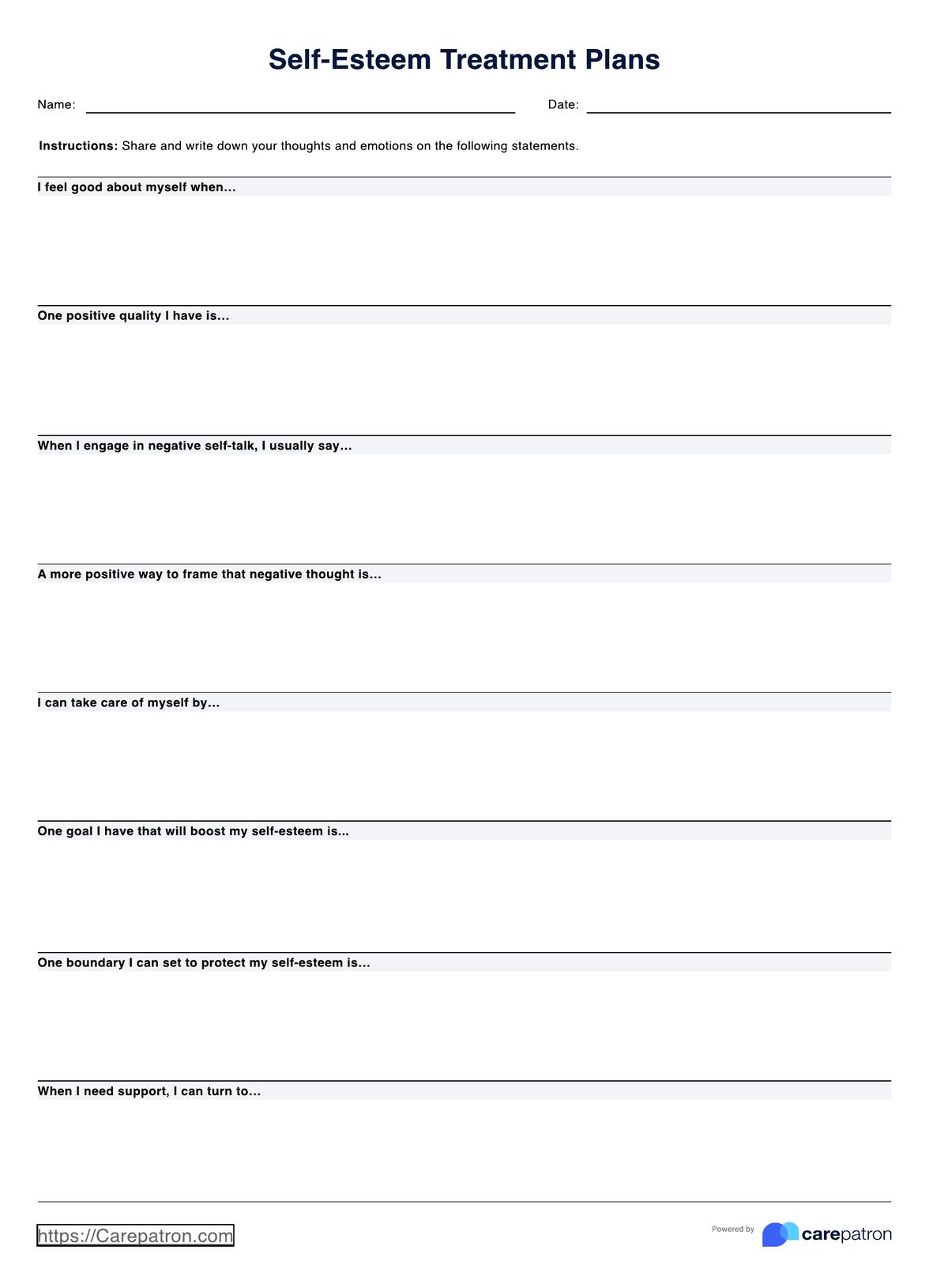
















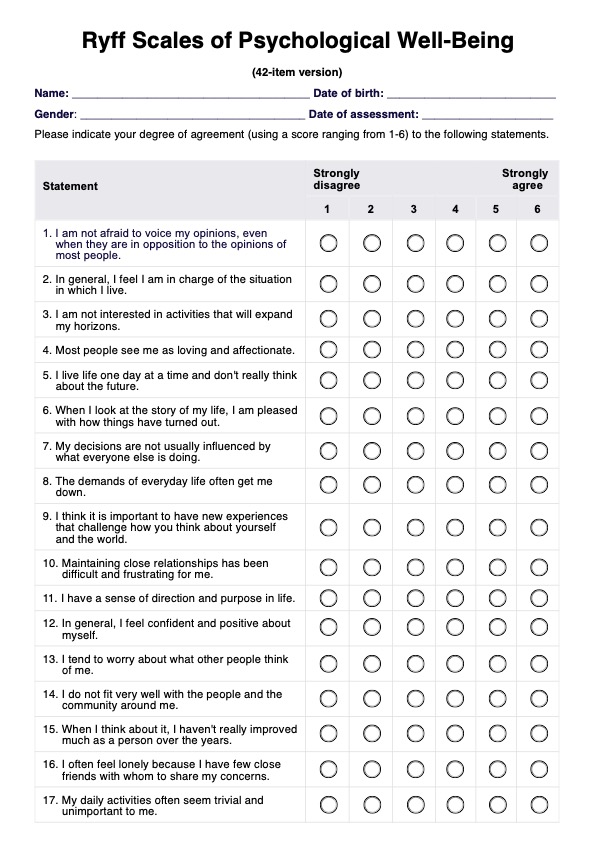
-template.jpg)




